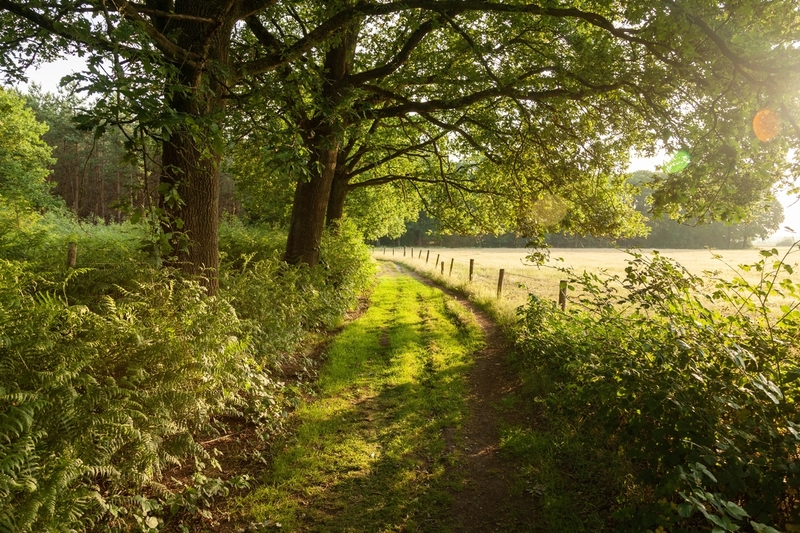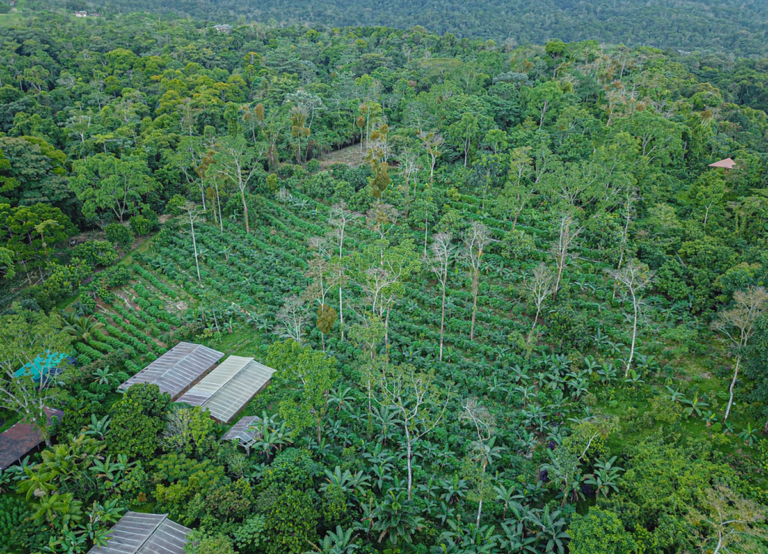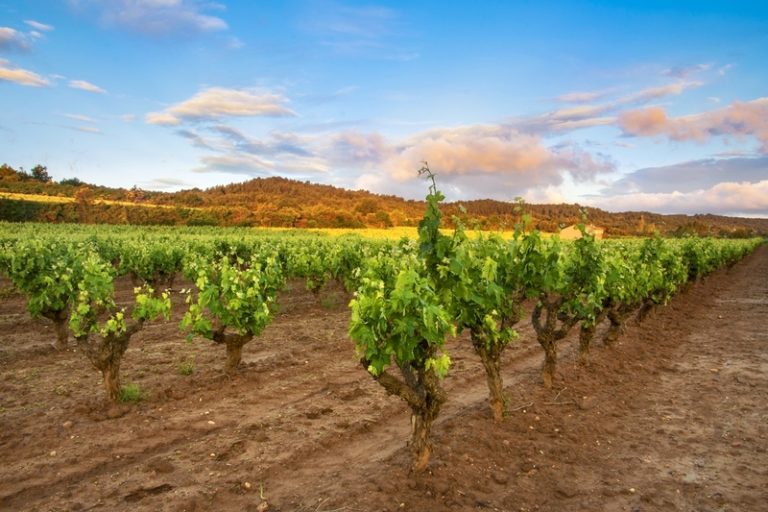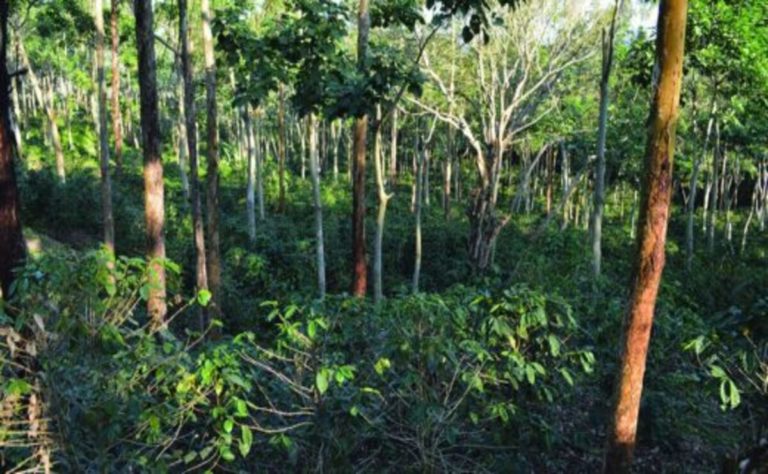Regenerative Agroforestry: A Holistic Approach to Sustainable Farming
Regenerative agroforestry is a way to farm in a sustainable way that combines trees, crops, and animals on the same plot of land. It is a mix of agroforestry and regenerative agriculture.
Agroforestry is the purposeful integration of trees with crops or livestock. Regenerative agriculture is the use of natural farming practices to restore soil health and biodiversity.
This article will delve deeper into the principles of regenerative agroforestry, its benefits, challenges, and successful case studies.
The Principles of Regenerative Agroforestry
Regenerative agroforestry is based on three principles that work in harmony to create a more sustainable and resilient farming system:
Agroforestry Systems:
Regenerative agroforestry involves combining trees with crops, animals, or both on the same piece of land. Trees can provide numerous benefits to the ecosystem, including shade, windbreaks, and water regulation.
In addition, the roots of the trees can help improve soil structure, retain nutrients, and prevent soil erosion. By combining different types of crops and livestock, farmers can create a more diverse and efficient use of resources.
Regenerative Practices:
It is important to use regenerative practices to create a strong and healthy farming system. Some of these practices involve not disturbing the soil too much, not using synthetic fertilizers and pesticides, and adding cover crops and compost to the soil.
By using these practices, farmers can improve soil health and biodiversity, while reducing the negative impact of agriculture on the environment.
Diversity and Complexity:
Regenerative agroforestry makes the ecosystem more diverse and complex by using different kinds of crops, trees, and animals. This makes the ecosystem stronger and more adaptable, so it can handle stresses like pests, diseases, and climate change better.
Benefits of Regenerative Agroforestry
Regenerative agroforestry has numerous benefits for farmers, the environment, and local communities.
Benefits to the environment:
Regenerative agroforestry helps to improve soil health, stop soil erosion, and make water better. The trees in agroforestry systems can sequester carbon from the atmosphere, which helps mitigate climate change.
Additionally, the use of regenerative practices reduces the use of synthetic fertilizers and pesticides, which can have negative impacts on the environment.
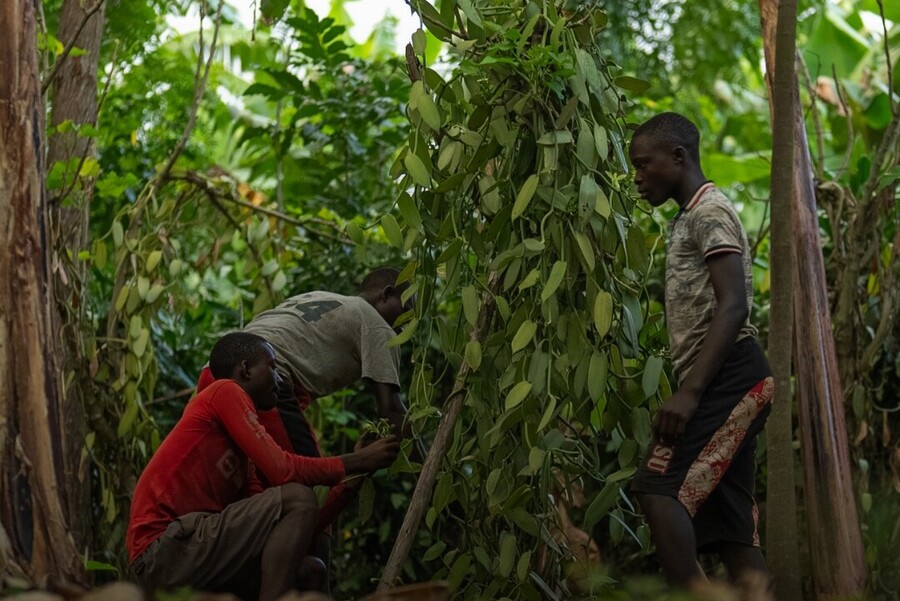
Economic Benefits:
Regenerative agroforestry can lead to more crops, less money spent on inputs, and healthier soil. Farmers can be less dependent on a single crop or commodity by growing different kinds of crops and raising different kinds of animals on their farms. This can make them more resistant to changes in the market.
Regenerative agroforestry can help farmers make money, build stronger communities, and make sure there is enough food for everyone. Regenerative agroforestry can also help protect cultural and ecological heritage by making the soil healthier and increasing the number of different kinds of plants and animals.
Challenges of Regenerative Agroforestry
Despite its many benefits, regenerative agroforestry faces several challenges:
Lack of Knowledge and Awareness:
Farmers, policymakers, and consumers do not know enough about regenerative agroforestry. This can lead to resistance to change and a lack of support for regenerative practices.
Access to Resources and Money:
Many farmers don’t have the tools and money they need to put regenerative agroforestry practices in place. This can hinder the adoption of these practices, especially for small-scale farmers.
Policy and Regulatory Barriers:
Policy and regulations can make it hard for farmers to use practices that help their farms grow back. For example, some policies may favor large-scale monoculture farming over diversified agroforestry systems.
Successful Case Studies
There are many successful case studies of regenerative agroforestry around the world. Here are some examples:
Finca Luna Nueva, Costa Rica:
Finca Luna Nueva is a biodynamic farm that uses regenerative agroforestry practices to produce organic crops, fruits, and herbs. The farm has a wide range of crops, animals, and trees, such as coffee, cacao, bananas, and plants used for medicine.
They also use composting, cover crops, and natural pest control to keep the soil healthy and the variety of plants and animals alive.
El Mimo, Spain:
El Mimo is an agroforestry farm in Spain that combines olive trees with cereal crops and sheep grazing. Traditional methods, like dry-stone terraces, are used on the farm to deal with water and soil erosion.
The farm is able to make good use of its resources by combining perennial crops like olive trees with annual crops like cereals and sheep grazing.
Ouroboros Farms, California, USA:
Ouroboros Farms is an aquaponic farm that uses regenerative agroforestry practices to produce vegetables and fish. The farm combines fish tanks with hydroponic vegetable beds and trees such as avocado, lemon, and orange.
The fish waste is used as a natural fertilizer for the plants, and the trees provide shade and windbreaks. The farm also uses composting, vermiculture, and cover cropping to improve soil health.
Cocoa Agroforestry Systems, Ghana:
In Ghana, cocoa farmers are using agroforestry systems to improve soil health, reduce deforestation, and increase their income.
Cocoa farmers can increase biodiversity and improve the structure of the soil by planting shade trees like mango, cashew, and citrus. The shade trees also provide additional income for the farmers, as they can sell the fruits or use them for personal consumption.
Conclusion
Regenerative agroforestry is a promising way to farm in a way that is good for the environment. It combines trees, crops, and animals in an integrated way. Farmers can make an ecosystem more resilient and adaptable by using regenerative practices, encouraging diversity and complexity, and integrating agroforestry systems.
This makes the ecosystem better able to handle stresses like pests, diseases, and climate change. Even though there are problems with using these methods, there are many successful case studies from all over the world that show how regenerative agroforestry can help make the future more sustainable.
Also Read:
Disadvantages of Agroforestry: Exploring the Challenges and Constraints

